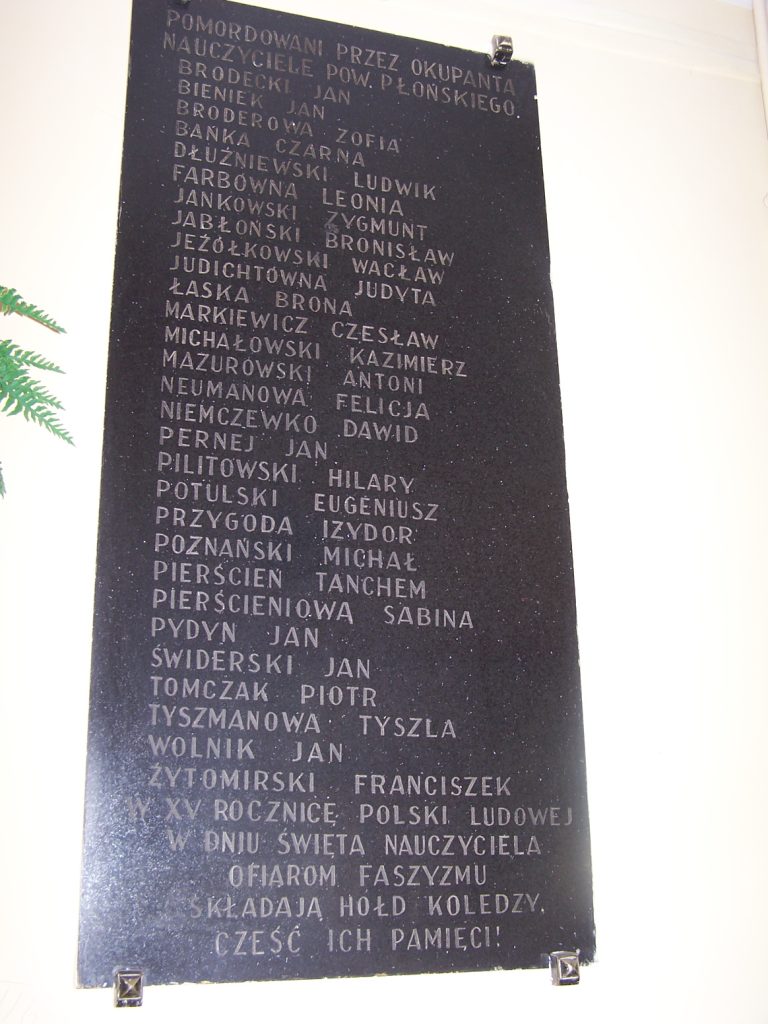In 1983, on the site of the Jewish cemetery at Warszawska Street, destroyed by the Nazis in 1942, a monument by the Płońsk artist Anna Szalast was unveiled, commemorating the martyrdom of the Jews of Płońsk. The inscription on the monument reads:
“POLISH JEWS MURDERED IN THE YEARS 1939-1945. APRIL 1983, THE COMMUNITY OF PŁOŃSK”
In September 1999, on the initiative of the Nissenbaum Family Foundation, three symbolic tombstones were placed on the site of the Jewish cemetery. In 2011, a plaque by the Płońsk artist Dariusz Anczewski was unveiled, commemorating several generations of residents of the Płońsk Jewish community buried in the cemetery, as well as nearly 12,000 Jews from the Płońsk ghetto, murdered by the Nazis during World War II. This place is visited every year not only by Israeli delegations, but also by numerous groups of individual tourists traveling to Płońsk following the footsteps of their ancestors. In 2016, the preserved part of the Jewish cemetery was entered into the register of monuments.
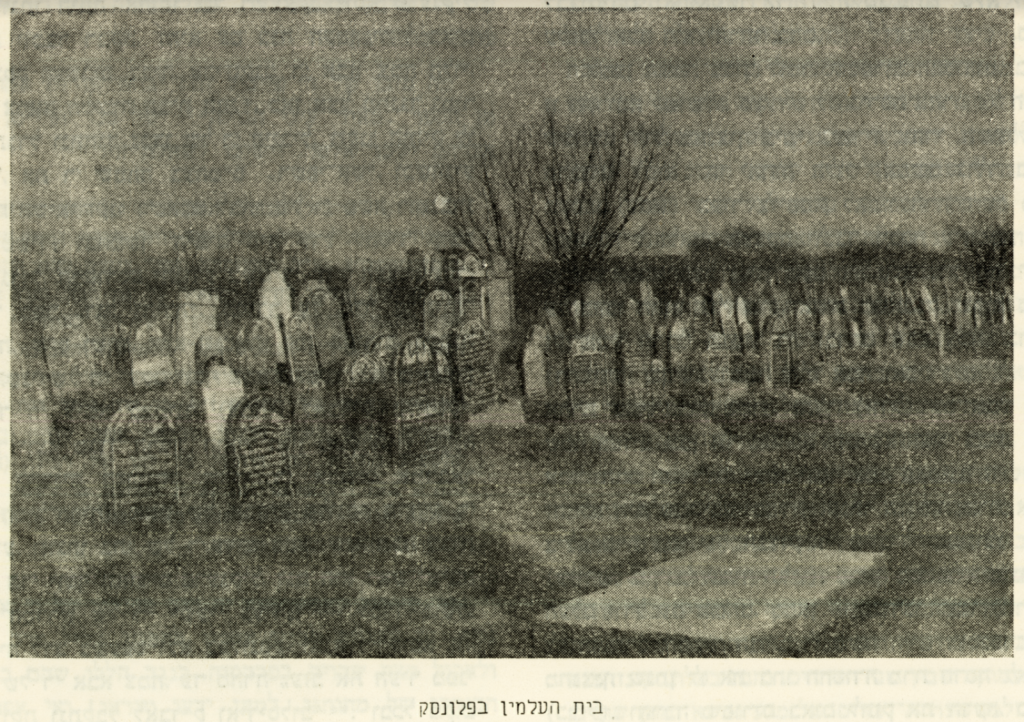
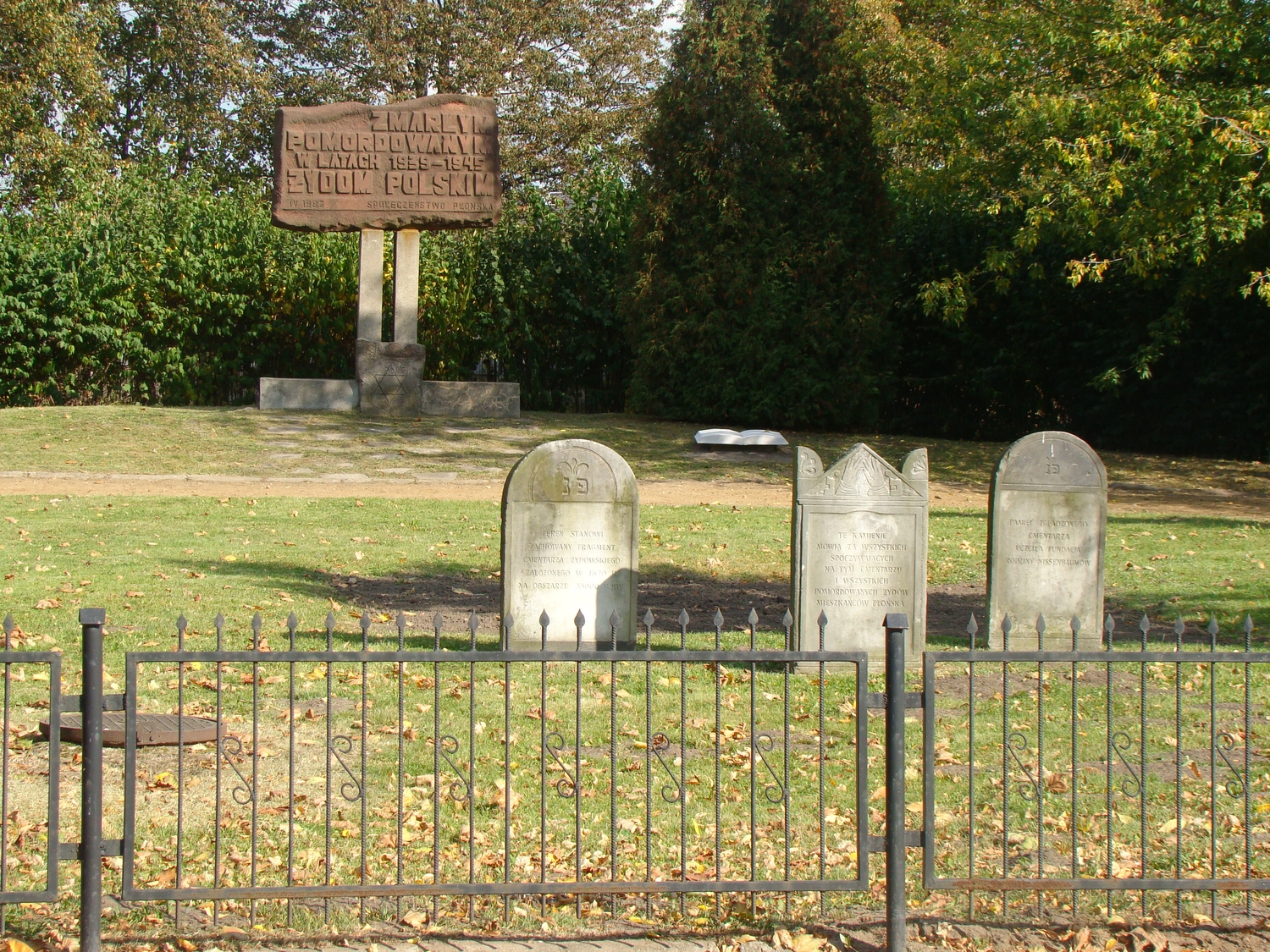
The place where a Jewish synagogue existed until 1956. On September 7, 1999, on the initiative of the Nissenbaum Family Foundation, in the place where until 1956 there was an 18th-century classicist synagogue building, a plaque commemorating this fact was unveiled.
The ceremony was part of the Final of the Polish-Jewish Remembrance Competition for the David Ben-Gurion Award, which took place from September 6 to 10, 1999, announced by the authorities of Płońsk in 1996.
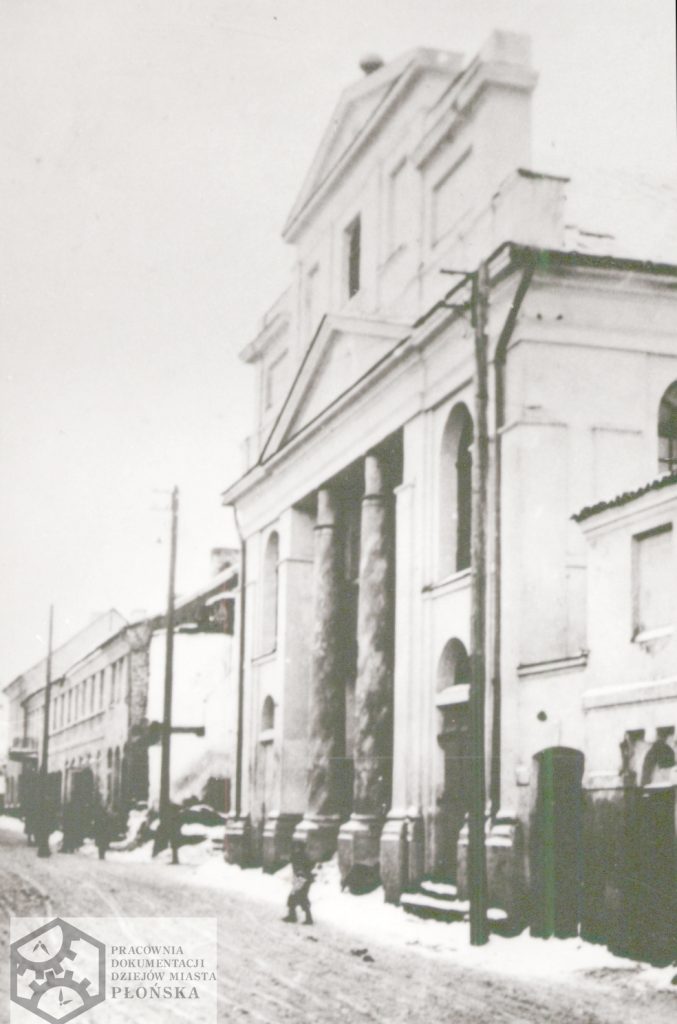
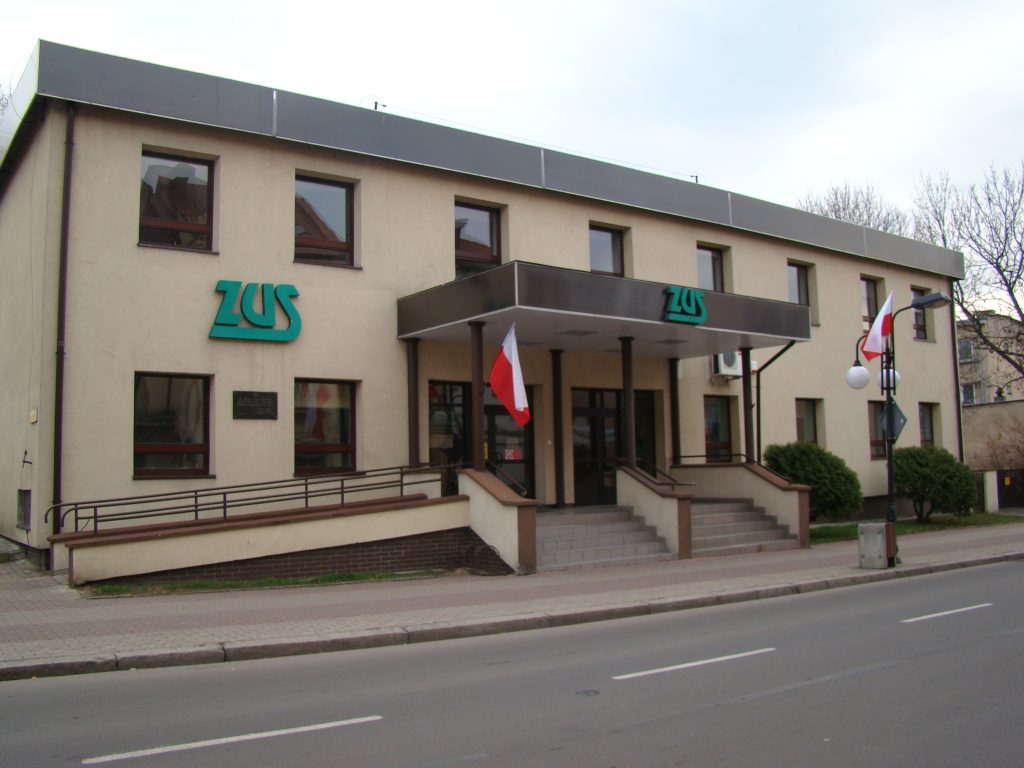
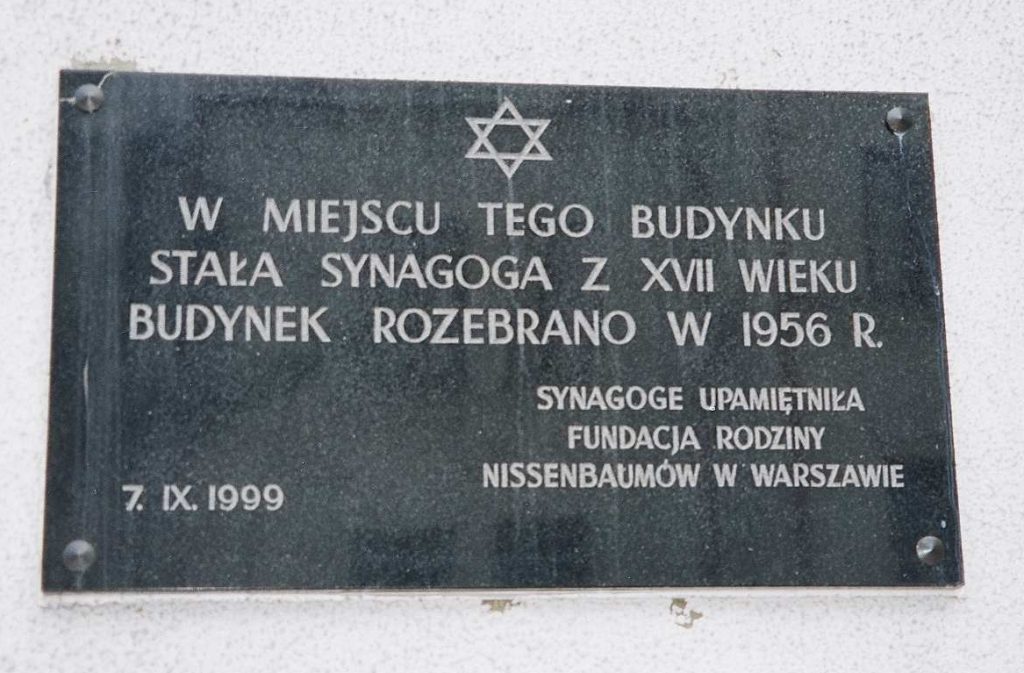
To this day, there is an 18th-century (according to other sources, dating back to the first half of the 19th century) tenement house in the Płońsk market square, where David Ben-Gurion lived for many years, until he left for Palestine in 1906. This fact is commemorated by a plaque with a Polish-Hebrew inscription, unveiled on December 1, 1995 on the 22nd anniversary of the death of the Israeli politician.
The ceremony of unveiling the plaque was accompanied by a historical seminar devoted to the history of the Jewish community of Płońsk, during which speeches were made, among others, by: Płońsk historian Dr. Józef Barański ( Faculty of History of the University of Humanities in Pułtusk ) entitled “The origins and development of the Jewish community in Płońsk”, and prof. Dr. hab. Antoni Chojnowski ( Institute of History, University of Warsaw ) – “David Ben Gurion – co-founder of the State of Israel.” During the session, a documentary film about the life and activities of David Ben-Gurion was also presented. The honorary guest of the ceremony was the Israeli ambassador to Poland, Gershon Zohar.
In 2003, on the thirtieth anniversary of David Ben-Gurion’s death, an exhibition of photographs and documents devoted to David Ben-Gurion’s relationship with Płońsk was held in the basement of the tenement house where he once lived. The exhibition remained open until 2011.
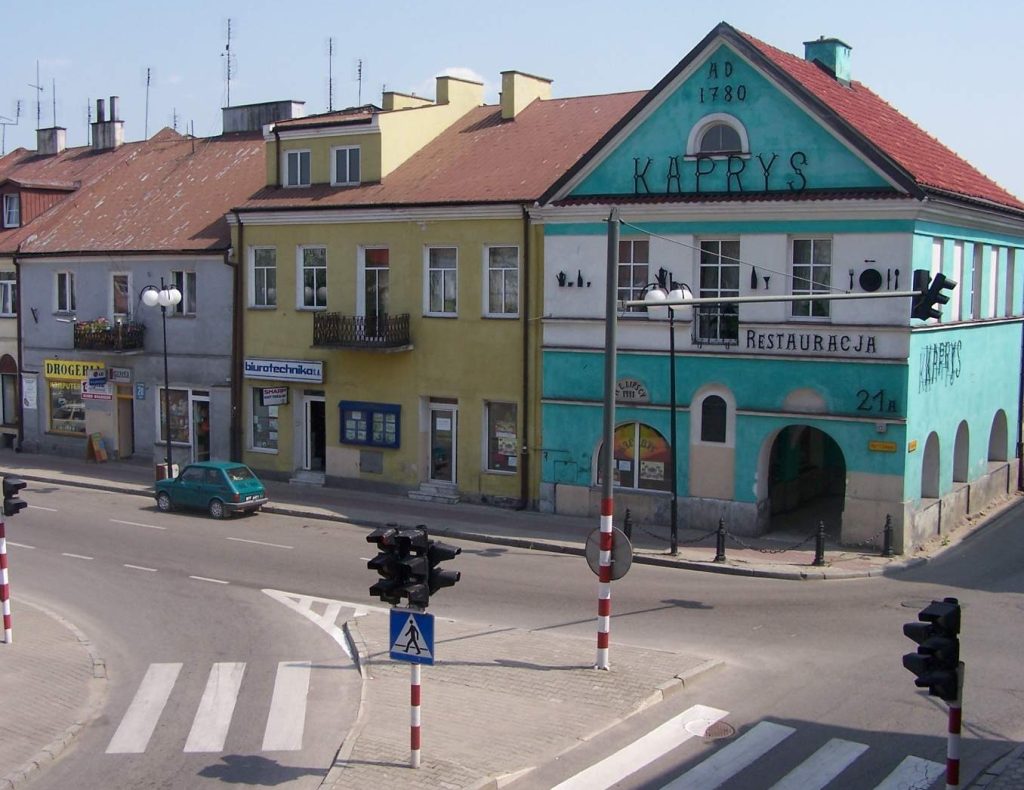

In the square at the former Kozia Street (currently Wspólna
Street), where until the 1920s there was a wooden house in which
David Ben-Gurion was born, in 1999 on the initiative of the
Nissenbaum Family Foundation, a sandstone monument commemorating the
birthplace of Israel’s first prime minister was unveiled.
In 2002, right next to the monument, a sculpture called the “Tree
of Remembrance” was placed, symbolizing friendship and
cooperation between Płońsk and the Ramat Negev district in Israel,
where David Ben – Gurion spent the last 20 years of his life and
where his grave is located. Israeli delegations visiting Płońsk
hang symbolic leaves on the “tree” commemorating their
visit to the birthplace of David Ben-Gurion.
On October 18 , 2012 , by decision of the City Council of Płońsk,
the square with the monument and the “Tree of Remembrance”
was named after David Ben-Gurion .
The David Ben-Gurion Square has become an inseparable point of the
program of numerous visits, both of organized groups – every year
Płońsk hosts a group of young people from Ramat Negev, Płońsk is
also visited by Israeli army soldiers – and individual tourists, and
the rich iconographic documentation of these visits is collected in
the resources of the Office for the Documentation of the History of
the City of Płońsk.
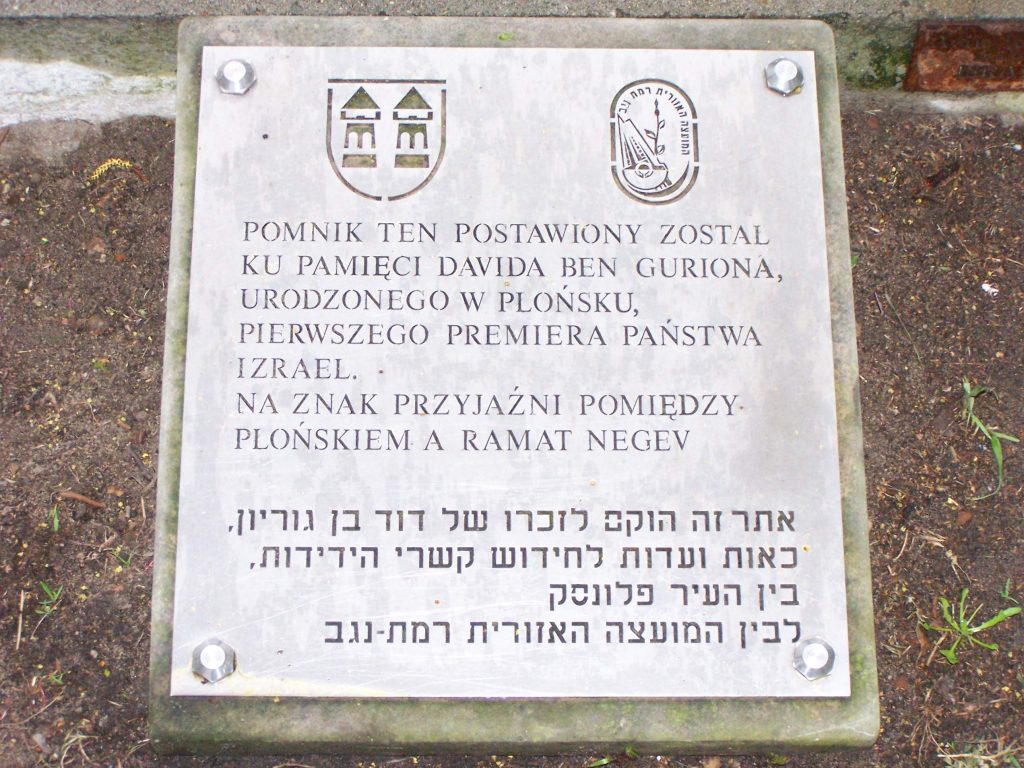
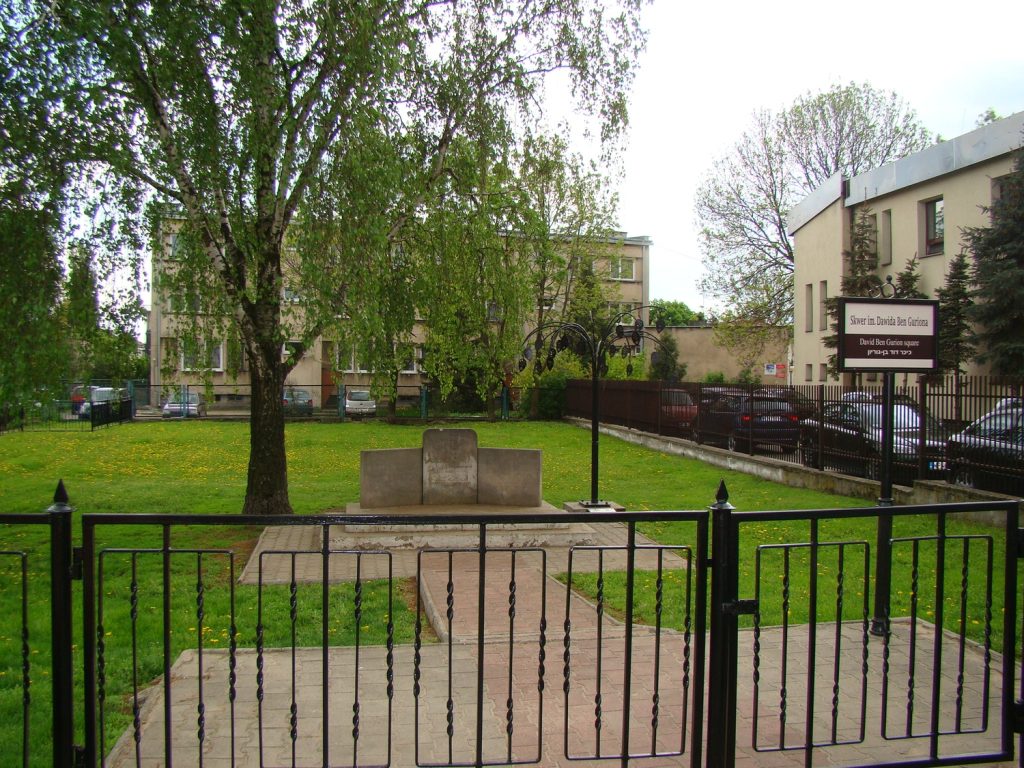

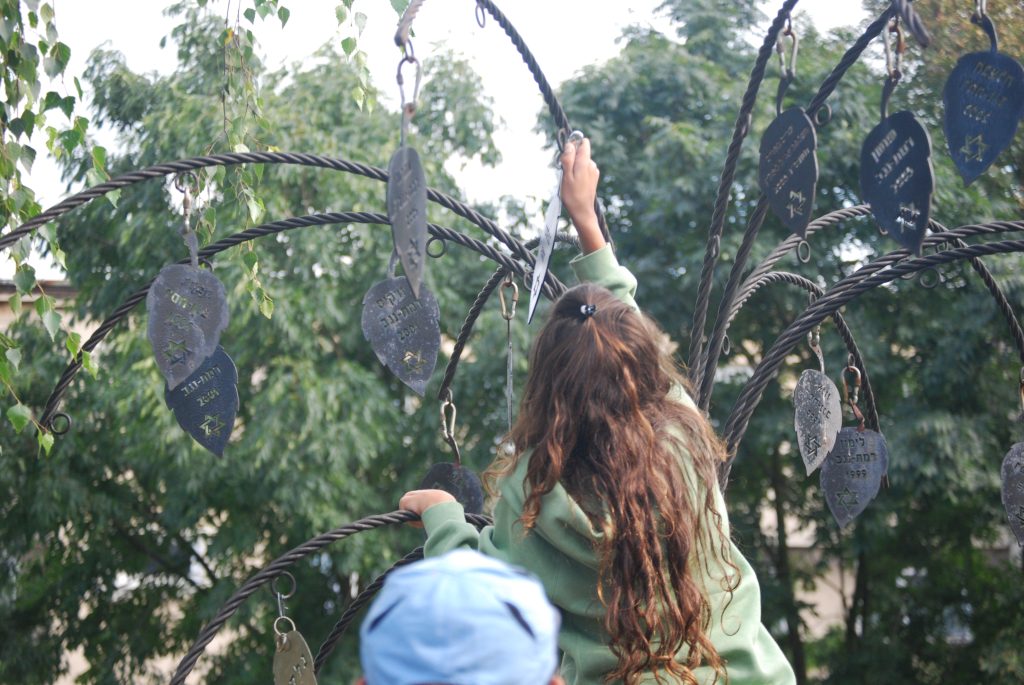
As part of the fifth edition of the Jewish Culture Festival in the city of Ben Gurion, in 2021 a mural by Brunon Neuhamer, which was created on the wall of a tenement house at 6 Warszawska Street, was unveiled. The mural is dedicated to David Ben-Gurion and is located near the place where the future Israeli leader was born 135 years ago.
The mural is a joint project of the Municipal Office in Płońsk, the Municipal Cultural Center in Płońsk and the Embassy of Israel in Poland.
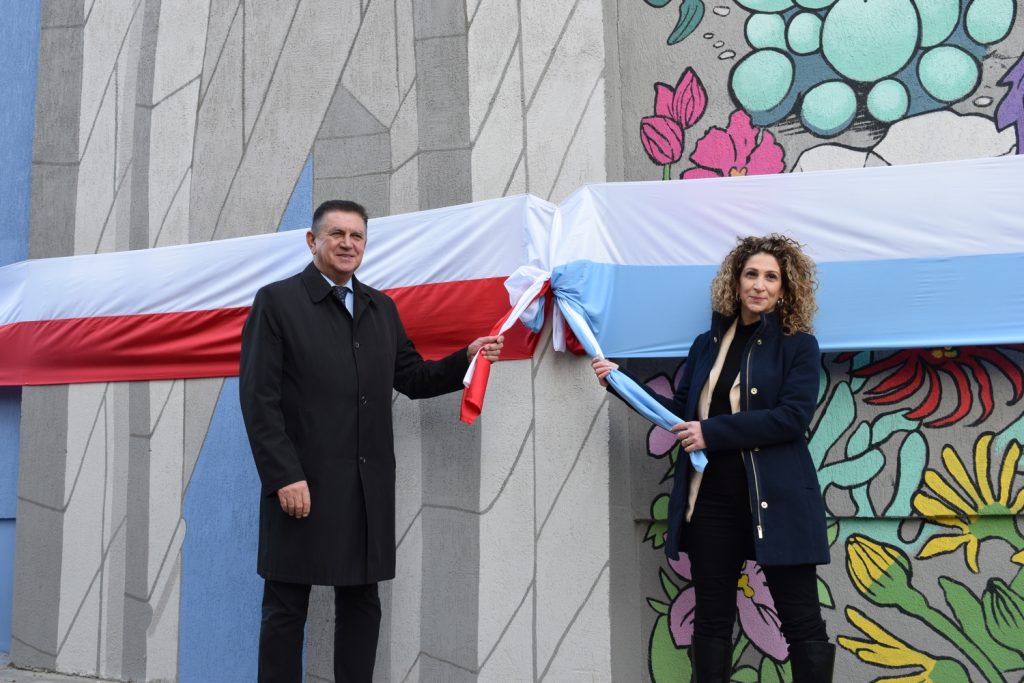
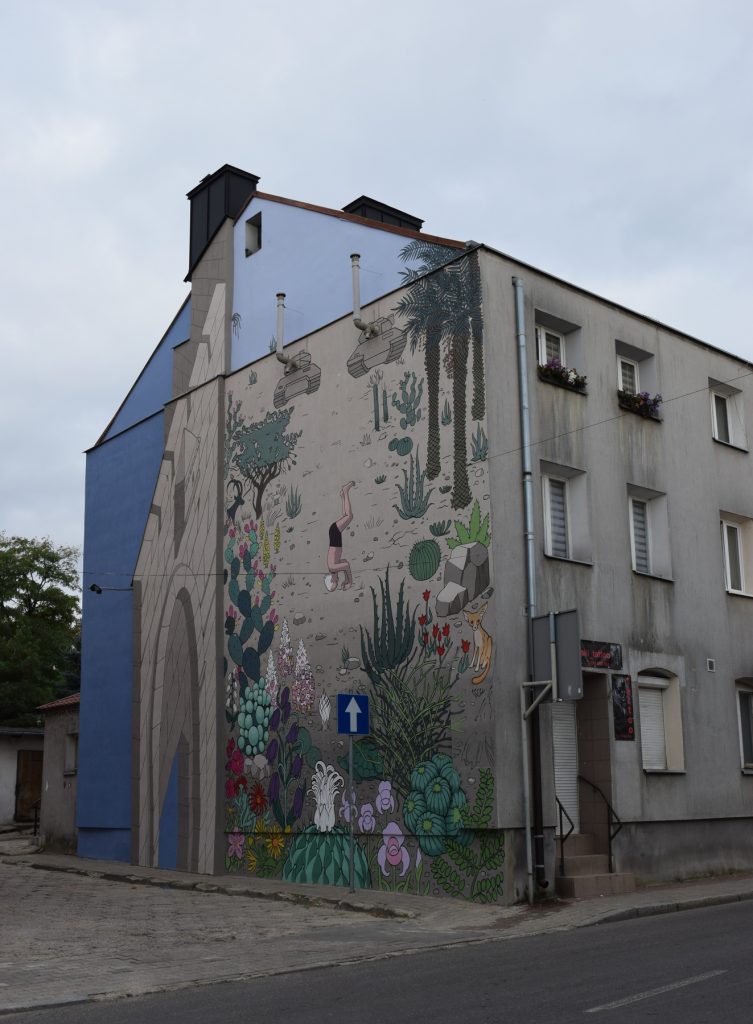
In the autumn of 2012 – on the 70th anniversary of the liquidation of the Płońsk ghetto – to commemorate the Jewish population deported by the Germans from the Płońsk ghetto to Nazi extermination camps, a commemorative plaque was unveiled on the wall of the railway station building in Płońsk. The inscription on it reads :
“In memory of approximately twelve thousand Polish Jews imprisoned in the years 1940-1942 in the ghetto created by the Germans in occupied Płońsk, deported at the end of 1942 in several railway transports to Nazi extermination camps and brutally murdered there.
On the 70th anniversary of the liquidation of the ghetto – the Municipal Authorities and Residents of Płońsk”
The plaque was unveiled during the 5th March of Silence, organized in Płońsk since 2008 on each anniversary of the liquidation of the Płońsk ghetto.
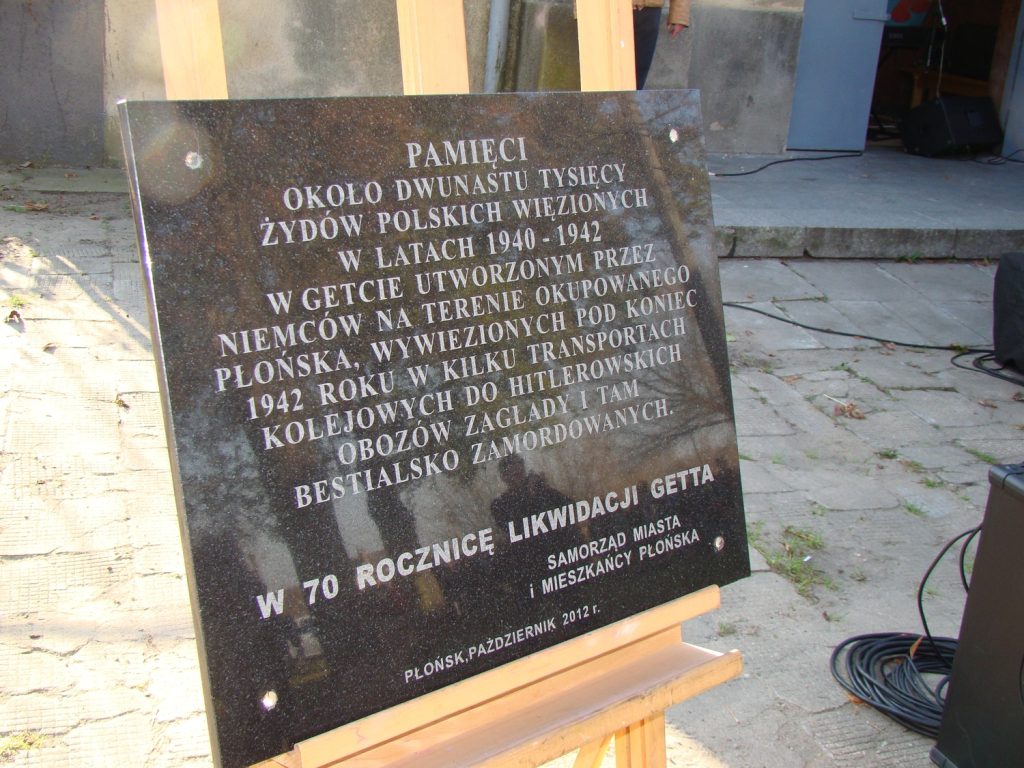
In the 1940s, a plaque was placed on the main building of the Płońsk hospital commemorating Polish and Jewish health care workers, whose trace was lost or who were murdered during World War II.
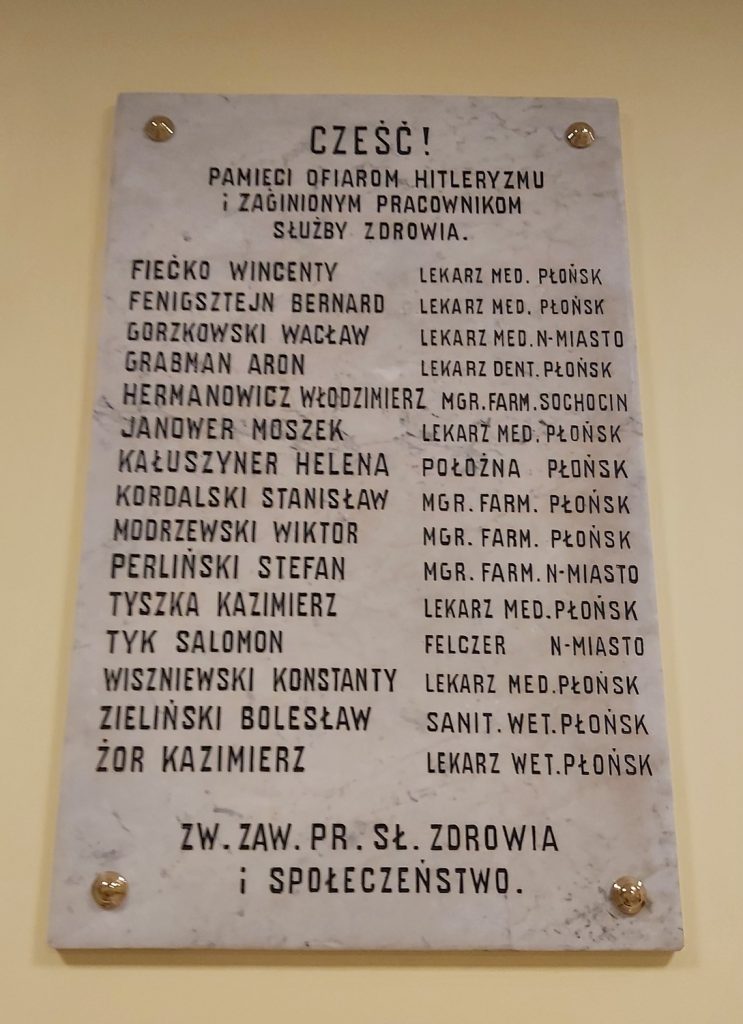
On October 14, 1956 on the building of the Bolesław Chrobry Primary School No. 1 in Płońsk, a plaque was unveiled commemorating Polish and Jewish teachers murdered during World War II.
